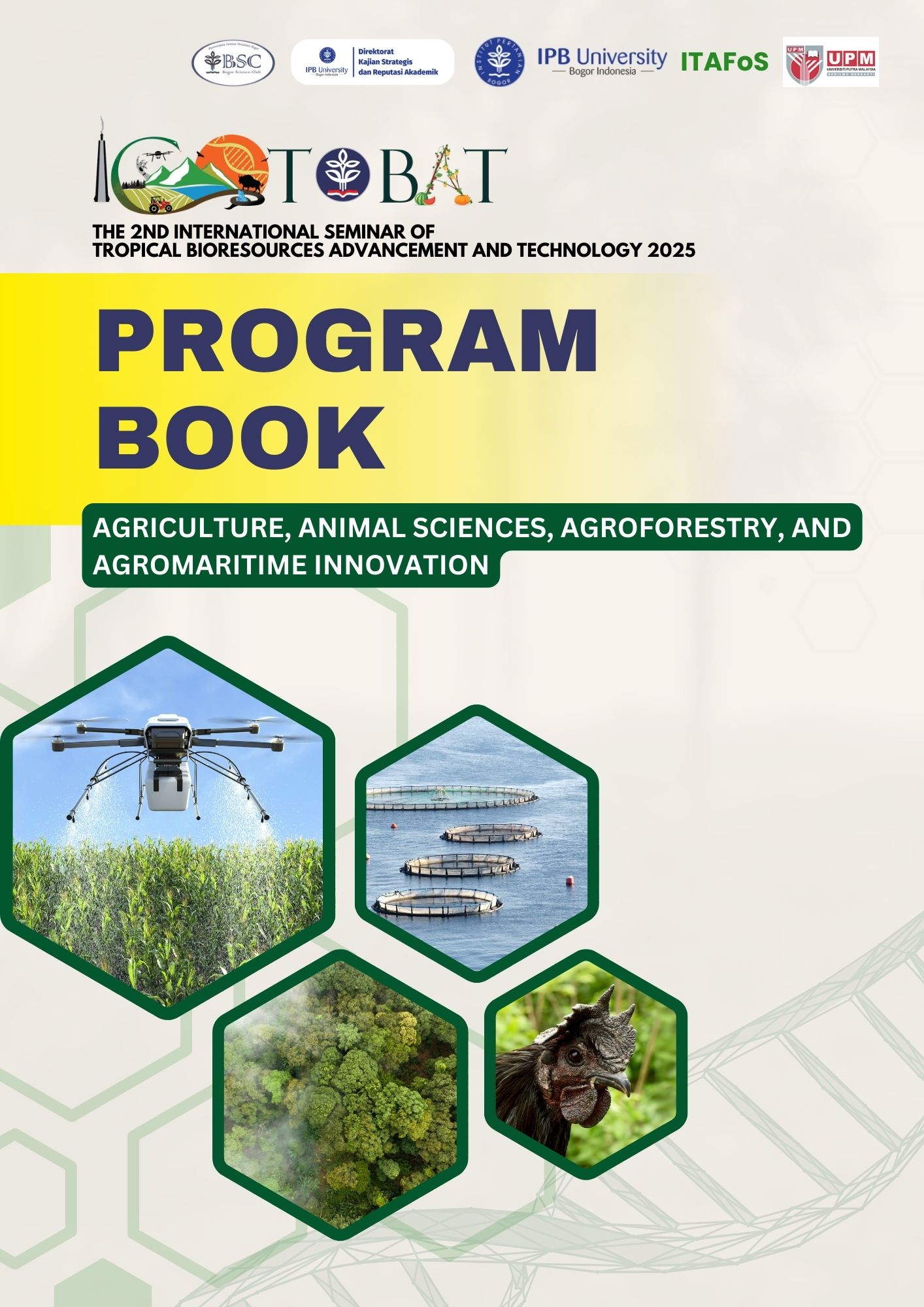Stress Physiology of Sumatran Elephants in Relation to Altitude, Temperature, and Rainfall in Conservation Settings
Will be presented at Thursday, 22 May 2025, 13.40 (GMT +7)
Keywords:
Cortisol, Enviroment, Sumatran elephantAbstract
Understanding the environmental factors influencing stress responses in endangered Sumatran elephants (Elephas maximus sumatranus) is crucial for effective conservation management. Given the increasing threats to these populations from habitat loss and human-wildlife conflict, elucidating the relationships between environmental variables and stress is urgently needed. This study aimed to investigate the relationship between cortisol levels and environmental factors (altitude, temperature, rainfall, and humidity) in Sumatran elephants. The study was conducted across three Conservation Response Units in Aceh: CRU A (44 m above sea level), CRU B (75 m above sea level), and CRU C (395 m above sea level). Cortisol levels were measured in ten Sumatran elephants using an enzyme-linked immunosorbent assay. Results revealed significant negative correlations between cortisol levels and habitat altitude (r = -0.464, p = 0.007) and rainfall (r = -0.435, p = 0.013). Conversely, a significant positive correlation was found between cortisol levels and temperature (r = 0.520, p = 0.002). No significant correlation was found between cortisol levels and humidity (r = -0.112, p = 0.452). In conclusion, environmental factors significantly influence stress in Sumatran elephants, indicating the need for habitat management strategies that consider temperature, altitude, and rainfall.






























